Once Autumn is approaching, there are certain fruits that start to ripen that we associate with fall. Apples and pears are two of the ones of the most common. Here in the South, there are two more that we look for, Muscadine grapes and Persimmons. In this post, we are going to cover Persimmons but more specifically how to tell if a Persimmon is ripe from a wild American Persimmon.
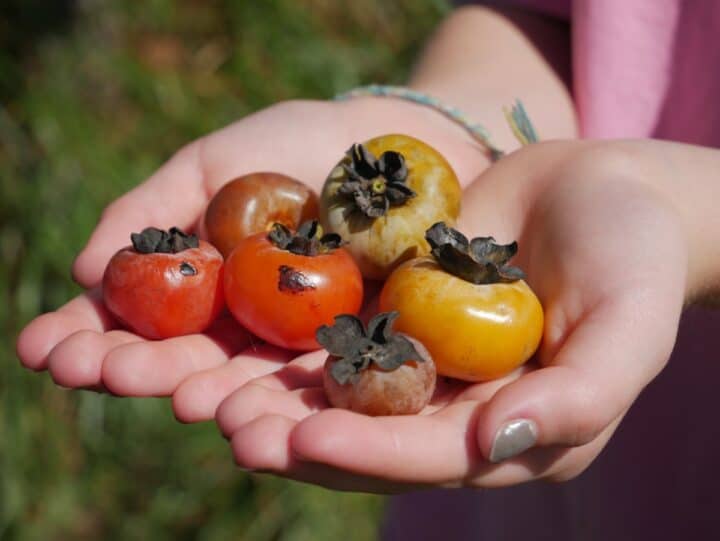
I am not sure if there is anything more beautiful than seeing a big American Persimmon tree that is loaded with fruit.
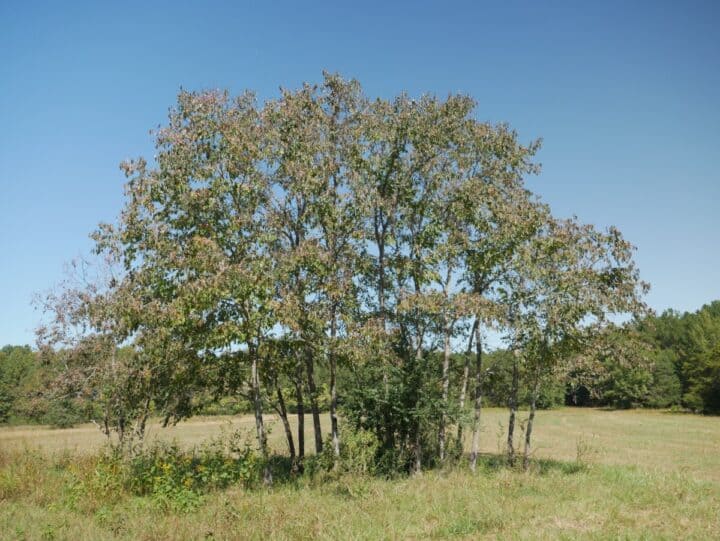
The tree’s leaves start to change color as well as the fruit once we start to creep into September here in South Carolina.
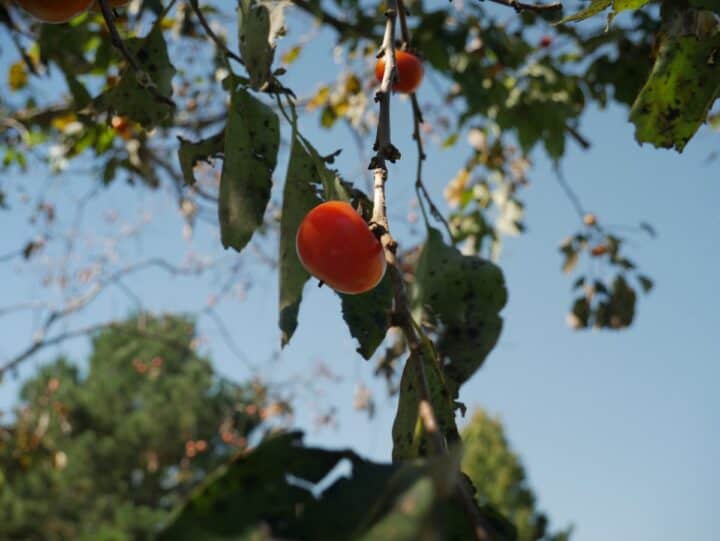
Small 1-inch diameter balls with orange and purple hues contrast with bright blue skies and glistening sun in the evenings. Once it is the persimmon season time of the year It is truly a beautiful sight to see.
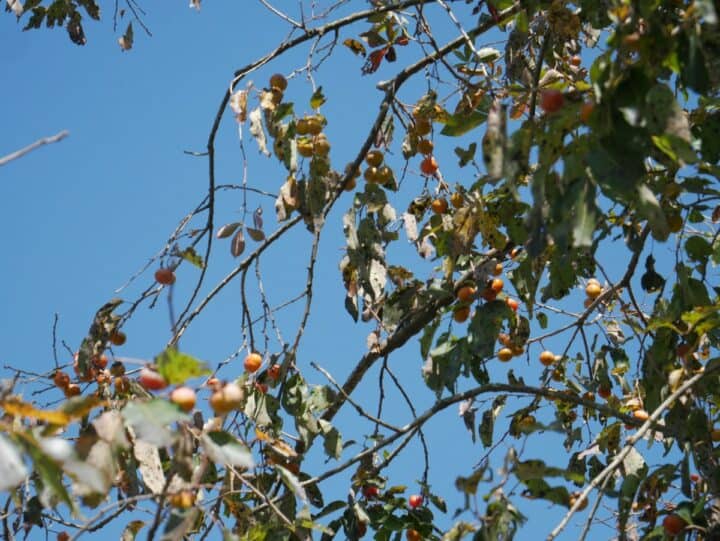
What Is a Persimmon Tree?
There are many varieties of Persimmon trees but the one we are focusing on is the American Persimmon tree which is native to the Southern United States. This tree is also called a common persimmon and the scientific name is Diospyros Virginiana.
For more information on other types of Persimmons, check out this post on Asian versus American Persimmon.
These trees are grown in other parts of the US and the world, but they are naturally native to the Southeast.
The American Persimmon tree can grow upwards of sixty feet tall. The wood itself is used in furniture and at one time was what golf driver heads were made from before they switched to metal heads.
The fruit itself has a sweet flesh when they are at its peak ripeness. The taste can remind you of cantaloupe with hints of honey flavor.
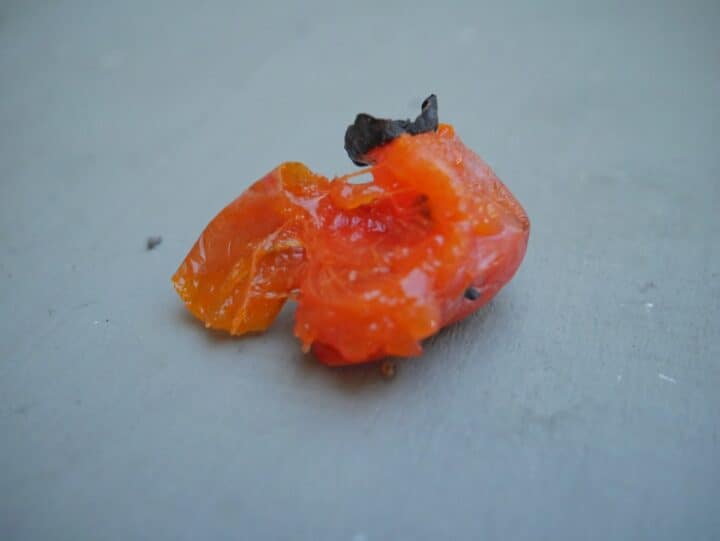
The flesh is delicate and sort of gooey with strings of fiber in it. It almost has a jelly-like texture to it. It is very easy to eat and usually has anywhere from one to many seeds.
The seeds have a hard coating that requires stratification to propagate, a process where seeds go through a cold damp period like Winter in the wild but this process is easy to mimic.
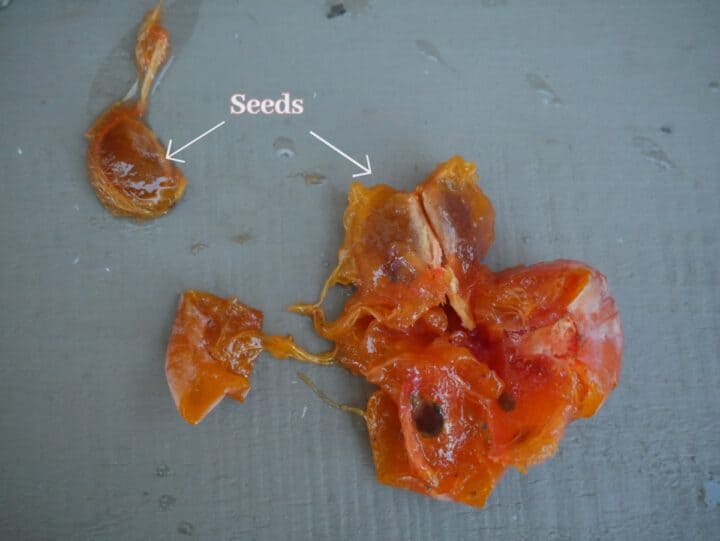
I will issue a word of caution; you do not want to try an unripe persimmon fruit from the American Persimmon Tree. This will be an experience you will never forget. It is very bitter and will turn your mouth inside out. It will be a mouth-puckering experience! That is why we are going to show you how to tell if a Persimmon is Ripe.
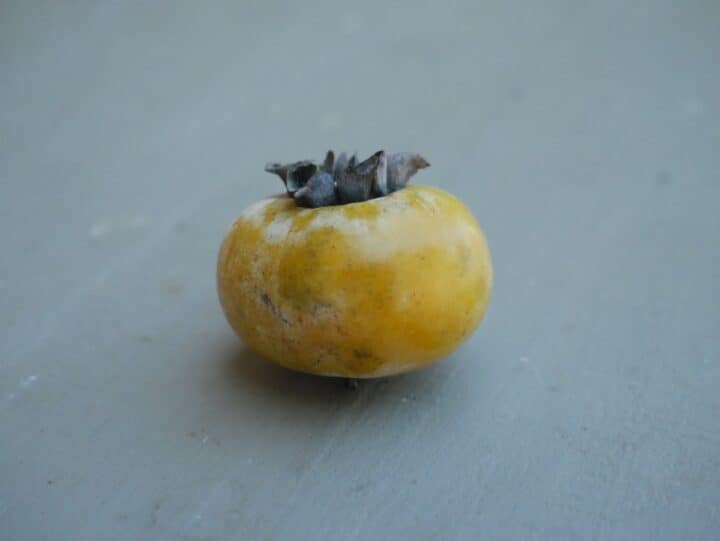
This is because the American Persimmon is an astringent variety. Have you ever eaten a section of pecan hull on accident? This will be a similar experience. With this being said, make sure to only eat ripe fresh persimmons if you are eating an astringent variety.
What Is Persimmon Fruit Used For?
There are many recipes and uses for persimmons. One of the most iconic ones I would say is persimmon pudding.
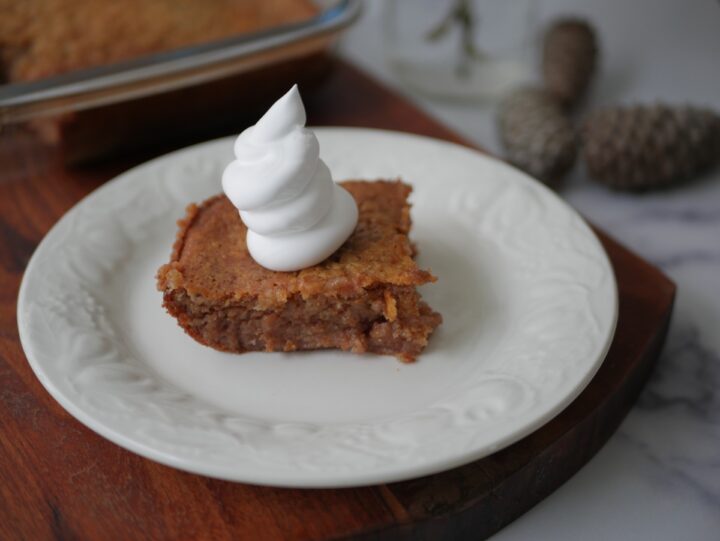
Persimmon Pudding is a sweet, moist, dense cakelike dessert that is baked in the oven in a casserole dish and then served in squares.
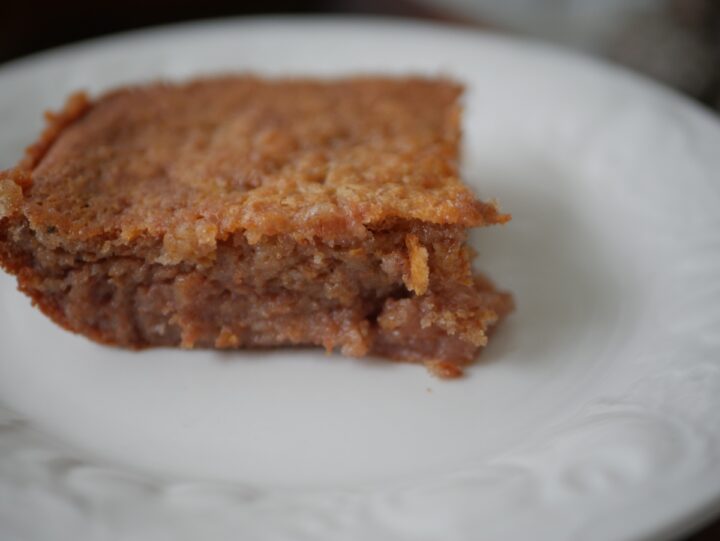
You can also find recipes for Persimmon Muffins, Persimmon Bread, and Persimmon cookies. You could even add the Persimmon puree to this easy-to-make sourdough bread for a Persimmon Sourdough Bread.
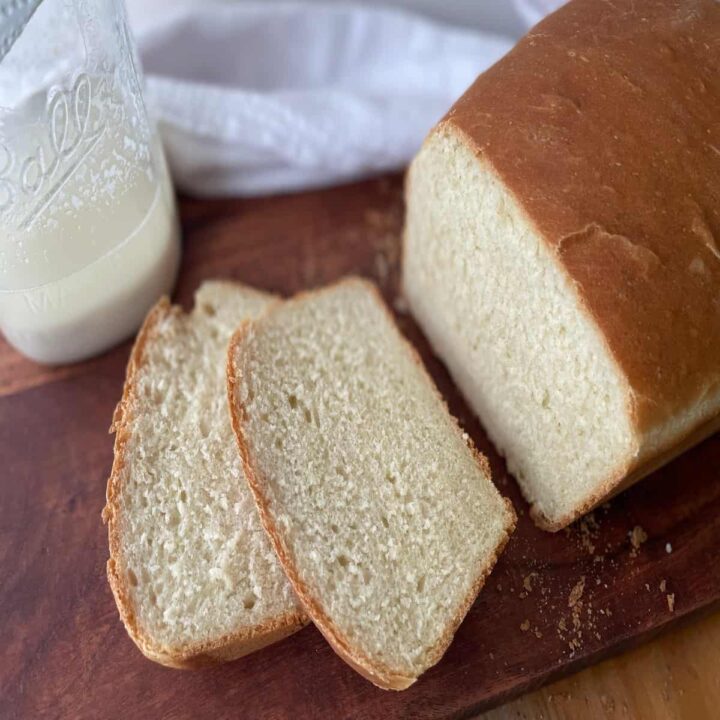
Of course, you can always eat them fresh like many other fruits, or add them to a fruit salad.
The fruits can be cooked down similar to how baked or fried apples are cooked. Add in some allspice and you have an excellent side dish to serve with baked or roasted chicken.
Fresh fruits can be dried out using a dehydrator. This will make them shelf-stable at room temperature for a while similar to how a plum would become a prune. The Native Americans used to preserve them this way as well.
Some folks even use persimmons for medicine. It is said that they have lots of vitamins such as vitamin A and Vitamin C. Persimmons also contain lots of fiber and may have an inflammatory property to them.
In order to use the fruit, you must first get the pulp from the persimmons. If you want to know how to make persimmon pulp from wild persimmons, I have a whole post dedicated to the process.
Note: As always I am just passing this information along, always make sure you consult your doctors before relying on any information about medical advice.
How To Tell if Persimmons Are Ripe?
The fruit of the American Persimmon tree starts to ripen in early fall, usually mid-September for South Carolina. You can find the fruit still hanging onto certain trees into late fall and early winter.
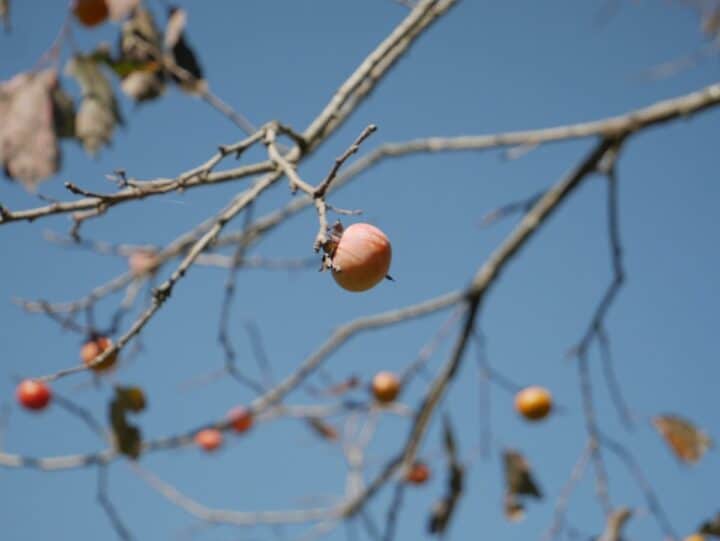
There are a few things to check for to tell if a Persimmon tree has ripe fruit. First off, let's talk about the color of the fruit. The color of ripe persimmons should be a bright orange color to dark purple.
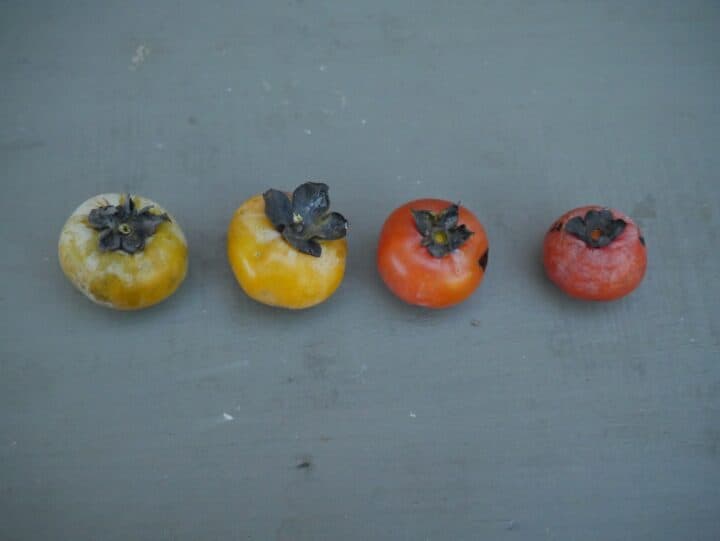
Next, the fruit should be firm to just slightly soft when gently squeezed and shouldn’t feel hard, with an almost jelly-like feel to it. Also check the skin of the fruit, as it shouldn't be shiny but dull, waxy looking, and have a few wrinkles.
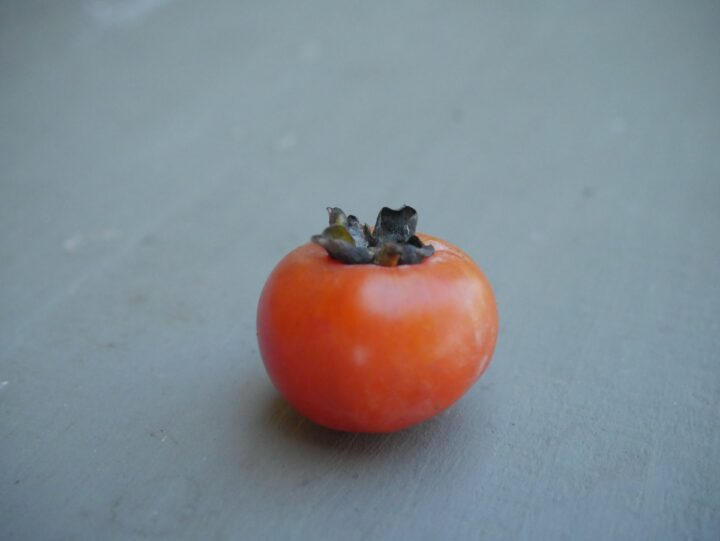
If the skin is withered, too wrinkled and the fruit feels dry, this could be a sign that the fruit is past ripe and not good to eat. You also should pass up on any that has cracked skin, skin with lots of black spots, or blemishes which could indicate that there is mold.
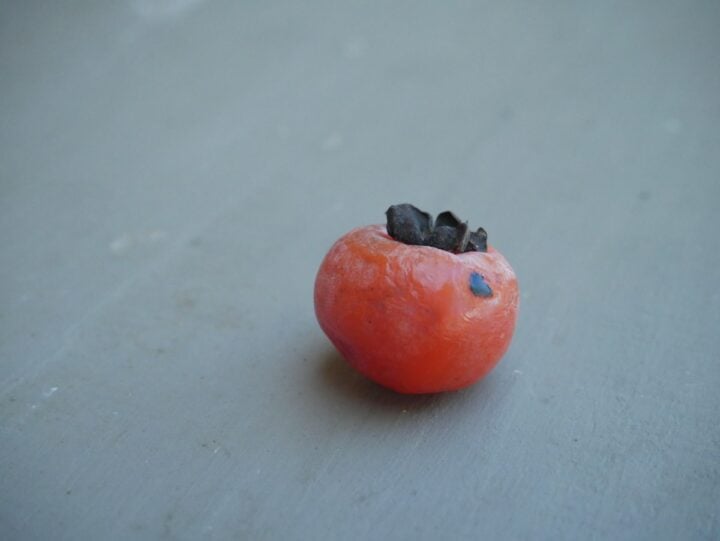
When persimmons are ripe, they should also have a very sweet smell to them. They shouldn’t smell sour or fermented. This would be an indication that they are past ripe.
If you have some persimmons that are unripe, one trick to help them ripen up is to place them in a bag with some apples. We all have heard the term “One bad apple spoils the whole bunch.”
This is because apples that are ripening release a gas called Ethylene gas. This gas causes the apples to ripen and will help the ripening process of other fruit as well.
How To Store Persimmons
Persimmons that are ripe need to be eaten quickly. You can store uneaten ones in the refrigerator for one to two days, but they start to spoil if it is many days past that.
The best way to preserve persimmons for use in recipes later is to remove the pulp from the fruit. At this point, you can make a persimmon puree out of the pulp or flesh and store it in a freezer-safe container or freezer bag. Place it in the freezer for up to one year.
FAQ's
Are There More Varieties of Persimmons?
Yes, there are other varieties of persimmons. Many are Asian persimmons (Japanese persimmons) like the Fuyu and Hachiya Persimmons. These two are the most common you will find in the grocery store. The Fuyu variety is a non-astringent variety, unlike the wild persimmons that we mentioned above. The Hachiya is an astringent variety similar to the American Persimmon and will need to ripen fully before eating. For more information about this topic, check out this post on Asian versus American Persimmons.
Are there any Commercially Grown Persimmons in the United States?
In the United States, there are two types that are grown commercially: Fuyus which are non-astringent persimmons, and Hachiyas which are astringent persimmons. Both of these varieties produce a fairly large fruit compared to the American or Common Persimmon of North America that we are talking about in the above post.
Other Common Names for Japanese Persimmons
You may find Japanese persimmon being called Sharon Fruit or Kaki fruit. The scientific name is Diospyros Kaki.
How Can I Make A Persimmon Purée
To start with, remove the flesh from the fruit. Remove the seeds and place the pulp into a food processor. Blend the pulp into a purée.
While you are Here, Check out these Other Post:
- Southern Sweet Potato Pie Recipe With Condensed Milk (Easy)
- Easy Air Fryer Bacon Wrapped Jalapeno Poppers Recipe
- The Best Slow Cooker Buffalo Chicken Dip Recipe
- Top 3 Best Iced Coffee Makers: Your Ultimate Guide (2025)
- Easy Bacon Wrapped Jalapeno Poppers Recipe with Tajin
Thanks for stopping by Southern Food Junkie. We truly hope you enjoyed your time here reading our post. Oh yeah, don't forget, Let's Get Food Junked!
-Ronnie




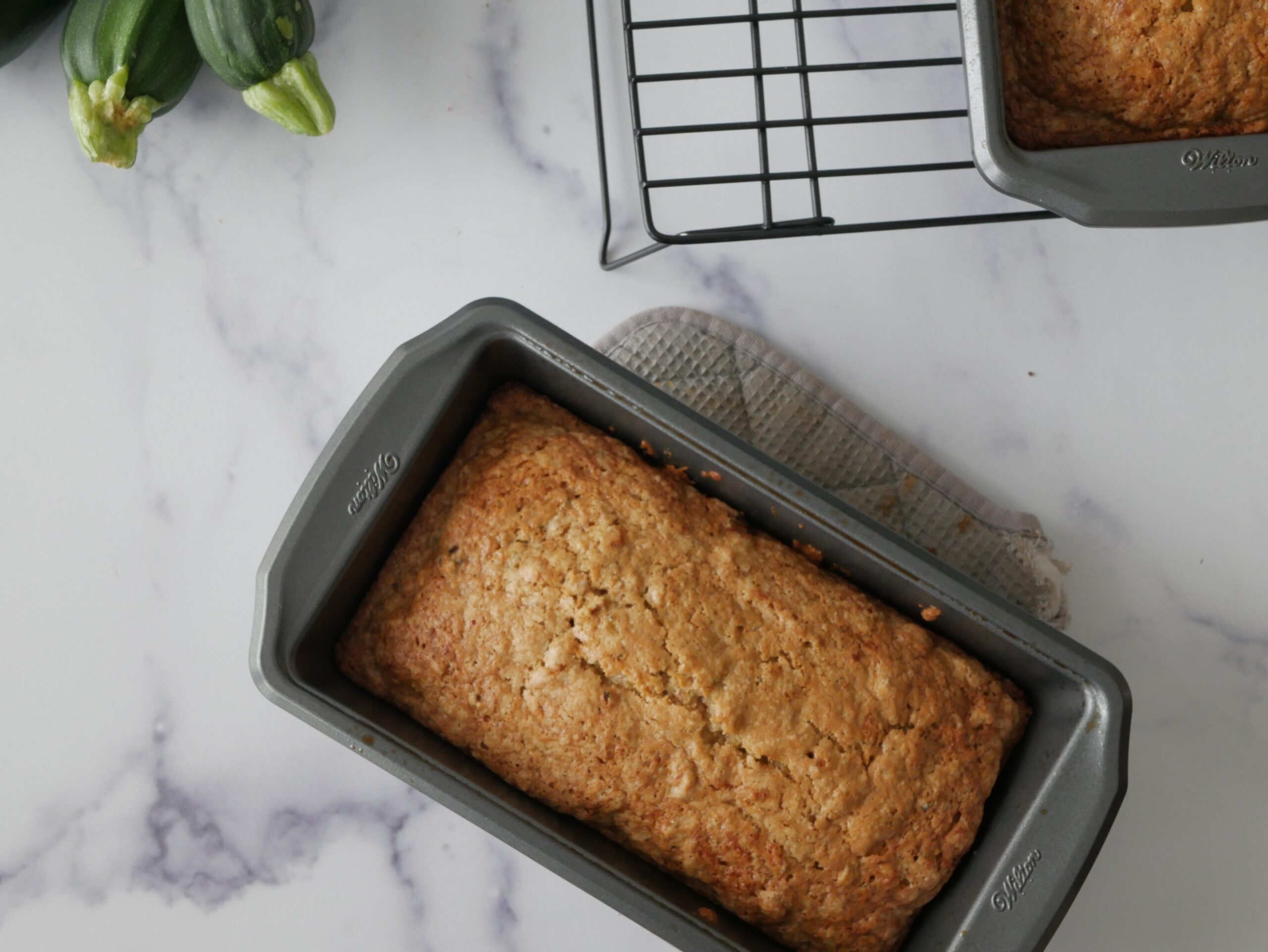
Sandy says
Would you elaborate on the photo of the 4 persimmons and which one if the ripe one? It looks to me like the far right one is over-ripe, but you say it is the ripe one? Thank you!
Ronnie Williams says
Hey Sandy,
The last two are ripe. The very last one would be the best tasting one though with the most flavor and the sweetest taste. The skin should be dull and not shiny with a slight wrinkle.
If you buy the Asian persimmons from the Grocery store, make sure to check the variety. Some you can eat before they are ripe such as the Fuyu and Jiro. But some are astringent like the American Persimmon and will be bitter. The advantage of the Asian Fuyu is you can eat it when it isn't fully ripe vs the American which will turn your mouth inside out haha.
Thanks for the question.
Have a great day,
-Ronnie
Penny says
Is it best to let the fruit ripen on the tree before picking or can you pick them early and let them ripen in a window sill like you can with tomatoes?
Ronnie Williams says
Hey Penny,
I think it is best to let them ripen fully on the tree but you can bring them in if they are not fully ripe and they will continue to ripen inside.
Thanks,
-Ronnie
MR. A. B. JAMES says
only one way, taste it.
if your mouth gets jacked up it is not ripe.
this is one of the fun parts to growing up in the south!